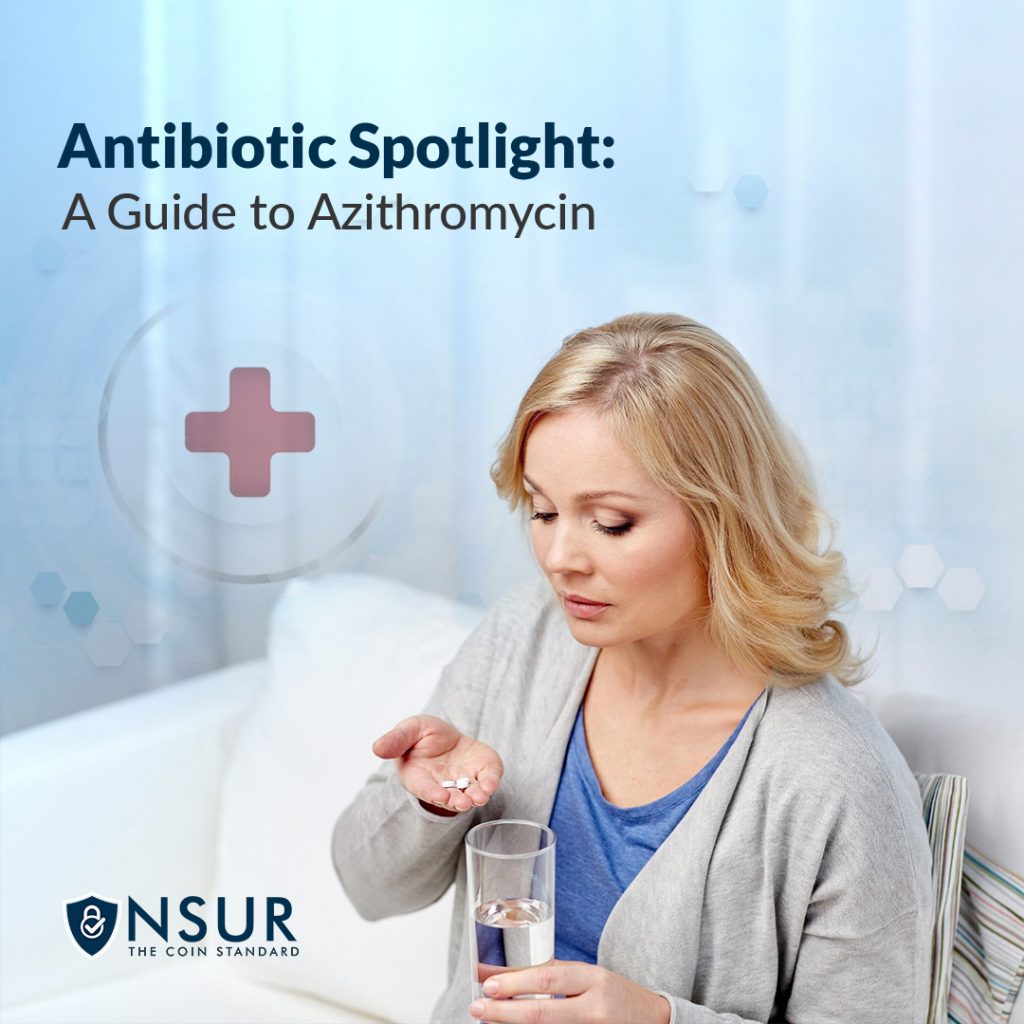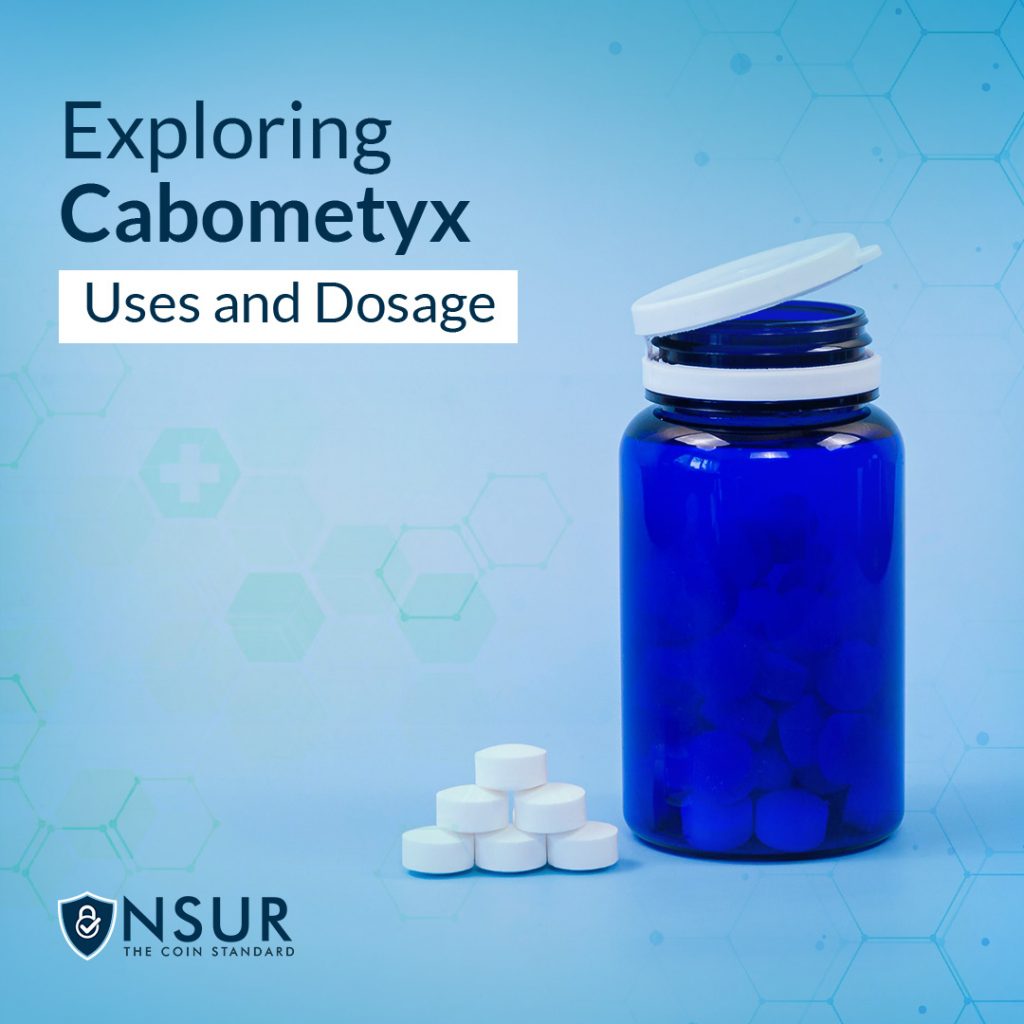
Antibiotics have revolutionized modern medicine, effectively treating bacterial infections and saving countless lives. One widely prescribed antibiotic is Augmentin, known for its efficacy in fighting various bacterial infections. Augmentin stands out due to its unique composition as a combination antibiotic therapy. In this blog post, we will explore what Augmentin is, how it works, its uses, and potential side effects.
Understanding Augmentin:
Augmentin is a brand name for the combination of two active ingredients: amoxicillin and clavulanate potassium. Amoxicillin belongs to the penicillin group of antibiotics and is effective against a wide range of bacteria. Clavulanate potassium, on the other hand, is a beta-lactamase inhibitor that helps in overcoming antibiotic resistance by blocking an enzyme produced by bacteria, which can inactivate amoxicillin. The combination of these two components in Augmentin enhances its effectiveness against bacterial infections.
Uses of Augmentin:
Augmentin is commonly prescribed to treat various types of infections caused by susceptible bacteria. Some common uses of Augmentin include:
Respiratory Infections: Augmentin is effective in treating bacterial sinusitis, bronchitis, and pneumonia.
Skin and Soft Tissue Infections: It can help combat bacterial infections of the skin, including cellulitis and wound infections.
Urinary Tract Infections: Augmentin is often prescribed for urinary tract infections caused by susceptible bacteria.
Otitis Media: This antibiotic is frequently used to treat middle ear infections, particularly in children.
How Augmentin Works:
Amoxicillin, the primary component of Augmentin, works by inhibiting the synthesis of bacterial cell walls, leading to the weakening and eventual destruction of the bacteria. The addition of clavulanate potassium in Augmentin helps overcome bacterial resistance by preventing the bacteria from producing an enzyme called beta-lactamase, which can inactivate amoxicillin. By combining these two mechanisms, Augmentin provides a broad-spectrum approach to treating bacterial infections.
Potential Side Effects:
As with any medication, Augmentin may cause side effects. Common side effects include diarrhea, nausea, vomiting, and skin rash. In some cases, individuals may experience more severe allergic reactions such as swelling, difficulty breathing, or hives, which require immediate medical attention. It is important to inform your healthcare provider of any known allergies or previous adverse reactions to antibiotics before starting Augmentin therapy.
Take advantage of NSURx for your prescription drugs!
With the NSURx Prescription Benefit Card, you can save money on your medications at more than 35,000 pharmacies across the United States.
You can save up to 80% on your medication by using an NSURx card. Hundreds of dollars in savings could be yours every time you fill out your prescription.
The more you shop with NSURx, the more NSUR Coins you will receive as a reward.
Augmentin, a combination antibiotic therapy comprising amoxicillin and clavulanate potassium, is a valuable tool in the fight against bacterial infections. Its dual-action mechanism enhances its effectiveness and helps overcome bacterial resistance. Augmentin is commonly prescribed for respiratory, skin, urinary tract infections, and otitis media. However, it is essential to follow your healthcare provider’s instructions and report any adverse effects promptly.
Always consult with your healthcare professional before starting or stopping any antibiotic treatment. Understanding the benefits and potential side effects of Augmentin can help you make informed decisions about your healthcare.
Disclaimer
This blog post is intended for informational purposes only and should not be considered a substitute for professional medical advice. Always consult with a qualified healthcare provider for personalized recommendations and guidance.











